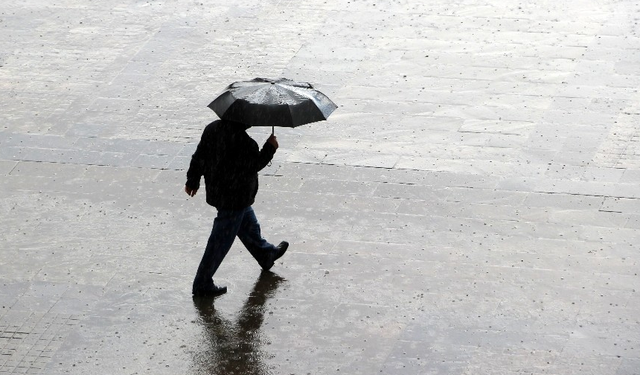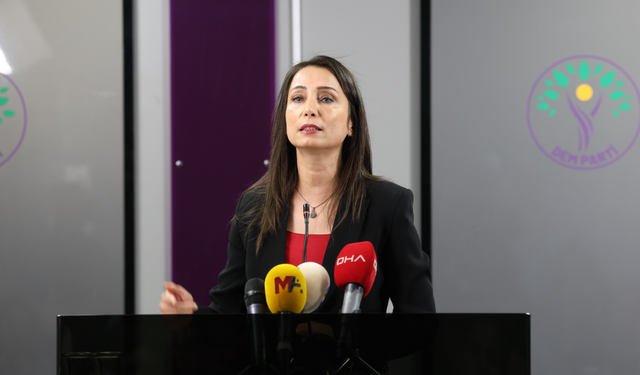While some say that Turkey is a social state with large spending amounts for the people, economic data do not support this claim. Although the citizens can have support of the state if they are faced with such issues as unemployment, illnesses, disability; the amount of the support is rather limited compared to European countries. The social security spending per person in France, where the “Yellow Vests” movement is spreading in the streets with economic & social demands, is more than 9 times higher than the spending in Turkey. Moreover, income inequality score of Turkey shows that the poor experience a negative differentiation.
By the end of the December 2018, Turkish Statistical Institute announced data as to social security spending in Turkey under the title of Social Security Statistics. The data looks stunning at first sight and shows that Turkey spent a huge amount as ₺382 Billion 639 million in 2017 for social security. And 98.1% of this amount was allocated to the social security funds. The majority of the spending which amounted to ₺185 Billion 36 million, was spent for the pensioners and senior citizens. Diseases and healthcare-related spending followed with ₺103 Billion 77 million.
SOCIAL SECURITY SPENDING ITEMS
Social security expenditure, which every state aiming to support citizens in case of adverse events allocate a budget for, is one of the main elements of being a social state. The items are as follows:
- Retirement/old age
- Diseases/healthcare
- Orphans & widows
- Family/children
- Disability
- Unemployment
- Social exclusion
As far as the data are concerned, the spending by the state for these items in 2017 amounted to the 12.3% of the gross domestic product (GDP).
The definition of social security includes all interventions (not instantaneous reciprocal or personal) by the state to ease the risk or necessity burden of the household or persons. The high numbers in parallel to this definition was showing that Turkey fulfils its commitment to act as a social state.
Besides, if one is to look at the data in detail, it can be seen that Turkey allocated ₺13.5 Billion in 2000 while today the spending is over ₺382 Billion increasing every year for 17 years.
[infogram id="translate-sosyal-yardimlarin-butceden-payi-1h0n25w73rol2pe" prefix="Nid"]
INCREASE LIMITED TO GDP SHARE
However, it can also be seen that although the spending is increasing on the basis of Turkish Lira, the GDP share only increased from 8% to 12%. Also we observe that the share increased up to 13.5% in 2009 but since then maintained a parallel trend with minor decrease.
In the table above, the purple line shows the share of social security in GDP in the Euro zone.
2008-2009 INCREASE: IMPACT OF THE GLOBAL CRISIS
The outstanding points in both lines are 2008 and 2009. The share in Euro-zone increased from 26.5% in 2008 to 29.3% in 2009. It is also possible to witness a similar increase in Turkey in the same period. The 11.41% share in 2008 increased to 13.46% a year later. It is easy to tell that the increase in this period is related to the 2008 global crisis. During these years, financially challenged and unemployed people were supported and the state spent higher amounts compared to the surrounding years.
TURKEY HAS A LONG WAY TO GO
When we have a look at the big picture, Turkey needs to double its social security spending to achieve the level of European countries. That is, the state has to take much better care of its excluded, retired, elderly, disabled and sick citizens.
[infogram id="translate-sosyal-yardimlarin-butceden-payi-1h0n25w73rol2pe" prefix="OUE"]
TURKEY’S SOCIAL SECURITY SPENDING IS IN THE LOWEST GROUP OF EUROPE
When the social security spending per person in Europe is taken into consideration, Turkey has the most rapidly increasing trend in this regard along with Germany. Turkey spent €782 per person in 2007, increasing in 2016 to €1.267 as of the year end, which means Turkey increased social security spending per person over 1.5 times in 10 years.
However, this amount is still far from the European average. According to the latest data, the social security spending per person in Europe is around €8.232. Turkey needs to increase spending by 6 times to catch up with this level.
Serbia and Romania are also in an adverse condition along with Turkey. These three countries constitute the lowest ranks of Europe in terms of social security available for citizens.
[infogram id="translate-sosyal-yardimlarin-gsyhye-gore-payi-1hxj48wyogxq4vg" prefix="20W"]
[infogram id="translate-sosyal-yardimlarin-gsyh-payi-avrupa-1hmr6gg51znz6nl" prefix="pyQ"]
IS TURKEY MAKING SUFFICIENT EFFORTS FOR ITS CITIZENS?
When we look at Romania and Serbia’s low levels of social security spending per GDP, we see that these countries are transferring much bigger shares from economy to citizens. According to the latest data, Romania allocates 14.6% of its GDP to social security spending while Serbia put signature under an important achievement and allocates 21.5% of its GDP to social security. The mean in Europe is 28.2%. France allocates 34.3% of its GDP and is the most social state in terms of considering its citizens’ needs.
[infogram id="translate-gelir-adaletsizligi-2007-2016-gini-1h1749reo9oq4zj" prefix="prX"]
FAIR DISTRIBUTION OF INCOME AND GINI COEFFICIENT
One of the criteria to look for ensuring social justice is to establish a fair distribution of income. How successful is Turkey in this regard? We can answer that question by comparing scores of countries in distributing income by the Gini coefficient.
Gini coefficient is a measure of statistical dispersion intended to represent the income distribution of a nation's residents. It is the most commonly used measurement of inequality in all countries. A Gini coefficient of zero expresses perfect equality, while a Gini coefficient of 1 expresses maximal inequality where only one person has all the income.
TURKEY IS THE THIRD FROM LAST AMONG OECD COUNTRIES
When we look at the inequality among OECD countries, we see that many countries have a score between 0.28 and 0.351. We observe that the countries under this range with a better distribution of income are Belgium, Czech Republic, Denmark, Finland, Iceland, Norway, Slovakia, and Slovenia. The countries above this range with an inequal distribution of income are the USA, Lithuania, Mexico, Chile, and Turkey. Turkey outperforms even the USA in income inequality and is the third from last after Chile and Mexico.
The countries with the most outstanding increase in the inequality of income distribution are Lithuania and New Zealand while it is remarkable that level of inequality is on the way of improvement in many countries. The countries with the best level of improvement are Estonia, Latvia and Portugal.
[infogram id="translate-gelir-adaletsizligi-son-veri-gini-1hnq41wg3r7k63z" prefix="DsW"]
DEVELOPING NON-OECD ECONOMIES ARE EVEN WORSE
It is remarkable that non-OECD developing six economies are not even close to ensure equality in income distribution. These countries include Russia, Brazil, Costa Rica, India, China and South Africa. South Africa has a Gini coefficient of 0.62 and is rather away from being a social state.
The latest data show that Turkey has a limited improvement in spite of the recent increase in social security spending and has a long way to go in terms of income inequality.











